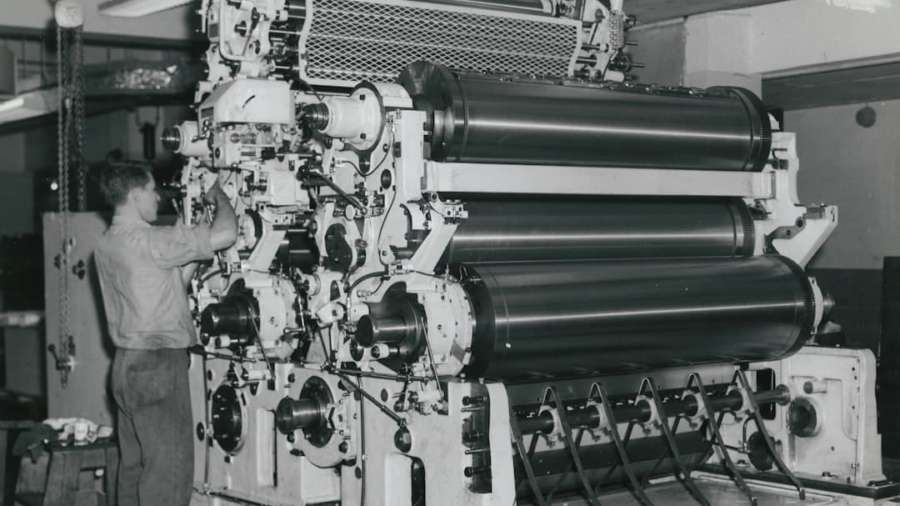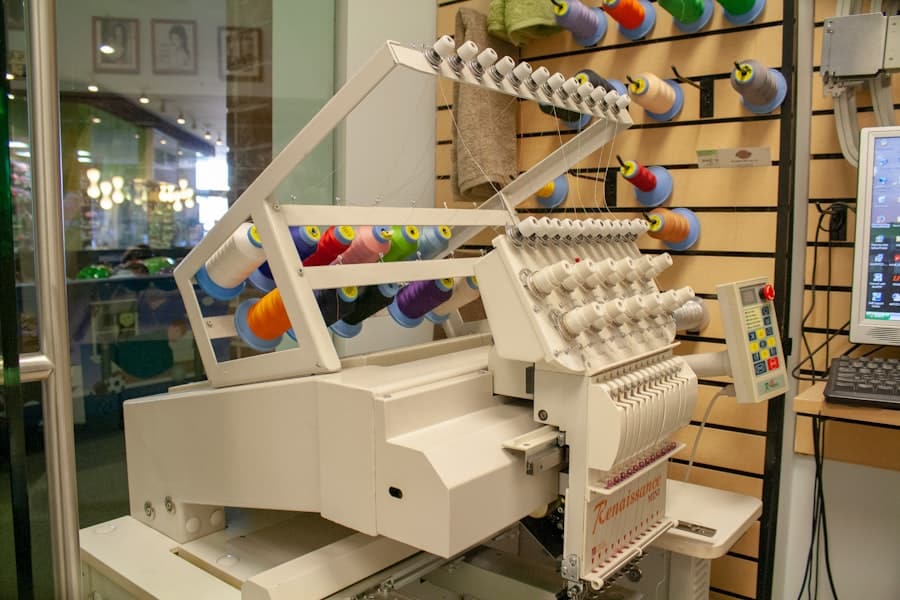The textile and apparel industry is one of the largest sectors globally, contributing significantly to economic growth and employment. However, it is also a major source of environmental degradation, with millions of tons of waste generated each year. The United Nations estimates that the fashion industry alone produces over 92 million tons of waste annually, a staggering figure that highlights the urgent need for sustainable practices.
This waste primarily arises from various stages of production, including raw material extraction, manufacturing, distribution, and consumer use. As consumers increasingly demand fast fashion—characterized by rapid production cycles and low-cost garments—the problem of textile waste has escalated dramatically. Textile waste encompasses a wide range of materials, including discarded clothing, off-cuts from manufacturing processes, and unsold inventory.
The environmental impact of this waste is profound; textiles often end up in landfills, where they can take decades to decompose, releasing harmful chemicals into the soil and water. Moreover, the incineration of textiles contributes to air pollution and greenhouse gas emissions. As awareness of these issues grows, there is a pressing need for innovative solutions to manage textile and apparel waste effectively.
This article delves into the current challenges in recycling textile waste, explores technological innovations, and examines the role of data analytics and emerging technologies in creating a more sustainable future for the industry.
Key Takeaways
- Textile and apparel waste is a significant environmental issue, with millions of tons of waste generated each year.
- Current challenges in textile and apparel waste recycling include the complexity of materials, lack of infrastructure, and low consumer awareness.
- Technological innovations such as chemical recycling, mechanical recycling, and biodegradable materials are revolutionizing textile and apparel waste recycling.
- Data analytics plays a crucial role in managing textile and apparel waste by optimizing collection, sorting, and recycling processes.
- 3D printing and upcycling are making a positive impact on textile and apparel waste recycling by creating new products from waste materials.
Current Challenges in Textile and Apparel Waste Recycling
Despite the growing awareness of textile waste issues, recycling remains fraught with challenges. One of the primary obstacles is the complexity of textile materials. Modern garments are often made from a blend of fibers—such as cotton, polyester, and spandex—which complicates the recycling process.
Traditional recycling methods are typically designed for single-fiber materials, making it difficult to process mixed-fiber textiles.
Another significant challenge is the lack of infrastructure for textile recycling.
While some regions have established systems for collecting and processing textile waste, many areas still lack the necessary facilities. This disparity creates a situation where consumers are often unaware of how to dispose of their unwanted clothing responsibly. Additionally, the economic viability of recycling textiles can be questionable; the costs associated with collection, sorting, and processing can exceed the value of the recycled materials.
This economic barrier discourages investment in recycling technologies and infrastructure, perpetuating a cycle of waste.
Technological Innovations in Textile and Apparel Waste Recycling
In response to these challenges, various technological innovations are emerging to enhance textile recycling processes. One notable advancement is the development of chemical recycling methods that can break down complex fibers into their constituent parts. For instance, companies like Worn Again Technologies are pioneering processes that convert polyester and cotton blends back into virgin-quality fibers.
This approach not only addresses the issue of mixed-fiber garments but also reduces the need for virgin materials, thereby conserving resources. Another promising innovation is the use of artificial intelligence (AI) in sorting textiles for recycling. AI-powered systems can analyze fabric types and conditions more efficiently than human sorters, significantly improving the accuracy and speed of sorting operations.
For example, companies like Treet are utilizing machine learning algorithms to identify and categorize textiles based on their composition and quality. This technology not only streamlines the recycling process but also enhances the overall efficiency of textile waste management systems.
Role of Data Analytics in Managing Textile and Apparel Waste
Data analytics plays a crucial role in optimizing textile waste management by providing insights into consumption patterns, waste generation, and recycling efficiencies. By analyzing data from various sources—such as retail sales, consumer behavior, and waste collection—stakeholders can identify trends and make informed decisions about resource allocation and waste reduction strategies. For instance, retailers can use data analytics to track inventory levels and adjust production schedules accordingly, minimizing overproduction and subsequent waste.
Moreover, data analytics can facilitate better collaboration among stakeholders in the textile supply chain. By sharing data on material flows and waste generation, manufacturers, retailers, and recyclers can work together to develop more effective recycling programs. This collaborative approach not only enhances transparency but also fosters innovation in waste management practices.
Companies like H&M have begun leveraging data analytics to assess their sustainability efforts, allowing them to set measurable goals for reducing textile waste across their operations.
Impact of 3D Printing and Upcycling in Textile and Apparel Waste Recycling
The advent of 3D printing technology has opened new avenues for addressing textile waste by enabling on-demand production and customization. This technology allows designers to create garments or accessories directly from digital files, significantly reducing material waste associated with traditional manufacturing processes. For example, brands like Unmade are utilizing 3D printing to produce unique designs tailored to individual customer preferences while minimizing excess inventory.
Upcycling is another innovative approach gaining traction in the textile industry as a means to repurpose waste materials creatively. Designers are increasingly transforming discarded textiles into new products, such as bags or home decor items, thereby extending the lifecycle of materials that would otherwise contribute to landfill waste. Brands like Reformation have embraced upcycling as part of their sustainability initiatives, showcasing how creativity can turn waste into valuable products while promoting environmental consciousness among consumers.
The Role of Blockchain Technology in Tracking and Tracing Textile and Apparel Waste
Blockchain technology is emerging as a powerful tool for enhancing transparency in the textile supply chain, particularly concerning waste management. By providing a decentralized ledger that records every transaction along the supply chain—from raw material sourcing to end-of-life disposal—blockchain enables stakeholders to track the journey of textiles with unprecedented accuracy. This traceability is crucial for identifying inefficiencies in waste generation and ensuring that materials are recycled or disposed of responsibly.
For instance, companies like Provenance are leveraging blockchain to create digital identities for products, allowing consumers to access information about a garment’s lifecycle and its environmental impact. This transparency not only empowers consumers to make informed choices but also encourages brands to adopt more sustainable practices by holding them accountable for their waste management efforts. As blockchain technology continues to evolve, its potential applications in tracking textile waste will likely expand, fostering greater accountability within the industry.
Future Trends and Opportunities in Tech-Driven Textile and Apparel Waste Recycling
Looking ahead, several trends are poised to shape the future of textile and apparel waste recycling through technological advancements. One significant trend is the increasing integration of circular economy principles within the fashion industry. Brands are beginning to adopt business models that prioritize resource efficiency and sustainability by designing products for longevity and recyclability.
This shift will likely drive demand for innovative recycling technologies that can effectively process diverse materials. Additionally, collaborations between tech companies and fashion brands are expected to grow as both sectors recognize the importance of sustainable practices. Partnerships that leverage expertise in data analytics, AI, and blockchain will facilitate more efficient recycling processes while fostering innovation in product design.
Furthermore, as consumer awareness regarding sustainability continues to rise, brands that prioritize eco-friendly practices will likely gain a competitive edge in the market.
The Importance of Tech in Creating a Sustainable Textile and Apparel Industry
The integration of technology into textile and apparel waste management is not merely an option; it is an imperative for creating a sustainable future for the industry. As challenges related to textile waste become increasingly pressing, innovative solutions driven by technology offer promising pathways toward reducing environmental impact. From advanced recycling methods to data analytics and blockchain applications, these technologies hold the potential to transform how we approach textile waste.
By embracing these advancements, stakeholders across the supply chain can work collaboratively to minimize waste generation while maximizing resource efficiency. The future of the textile industry hinges on our ability to adapt to these changes and prioritize sustainability at every level—from design to disposal. As we move forward, it is essential that we continue to explore new technologies and practices that will enable us to create a more sustainable textile and apparel industry for generations to come.
In a recent article on enicomp.com, the return of Instagram’s founders to the social media scene has sparked interest and curiosity among users and industry experts alike. The article explores what we can learn from their comeback and how it may impact the future of social media platforms. This article provides valuable insights into the ever-evolving landscape of social media and its potential implications for businesses, including those in the textile and apparel waste recycling industry. To read more about this fascinating topic, check out the article here.
FAQs
What is the role of technology in recycling textile and apparel waste?
Technology plays a crucial role in recycling textile and apparel waste by enabling the development of innovative recycling processes and machinery. Advanced sorting and separation technologies help in efficiently segregating different types of textile waste for recycling.
How does technology help in the recycling of textile and apparel waste?
Technology aids in the recycling of textile and apparel waste by enabling the conversion of waste materials into new fibers or fabrics through processes such as mechanical recycling, chemical recycling, and upcycling. Advanced machinery and equipment are used to break down and reconstitute textile waste into new products.
What are some examples of technological advancements in textile and apparel waste recycling?
Examples of technological advancements in textile and apparel waste recycling include the development of automated sorting systems, advanced textile shredding and fiber extraction machinery, and innovative chemical processes for breaking down and reprocessing textile waste. Additionally, digital technologies are being used to track and trace recycled materials throughout the supply chain.
How does technology contribute to sustainability in the textile and apparel industry?
Technology contributes to sustainability in the textile and apparel industry by enabling the efficient recycling of textile waste, reducing the reliance on virgin materials, and minimizing the environmental impact of textile production. By incorporating technology into recycling processes, the industry can work towards a more circular and sustainable model.



